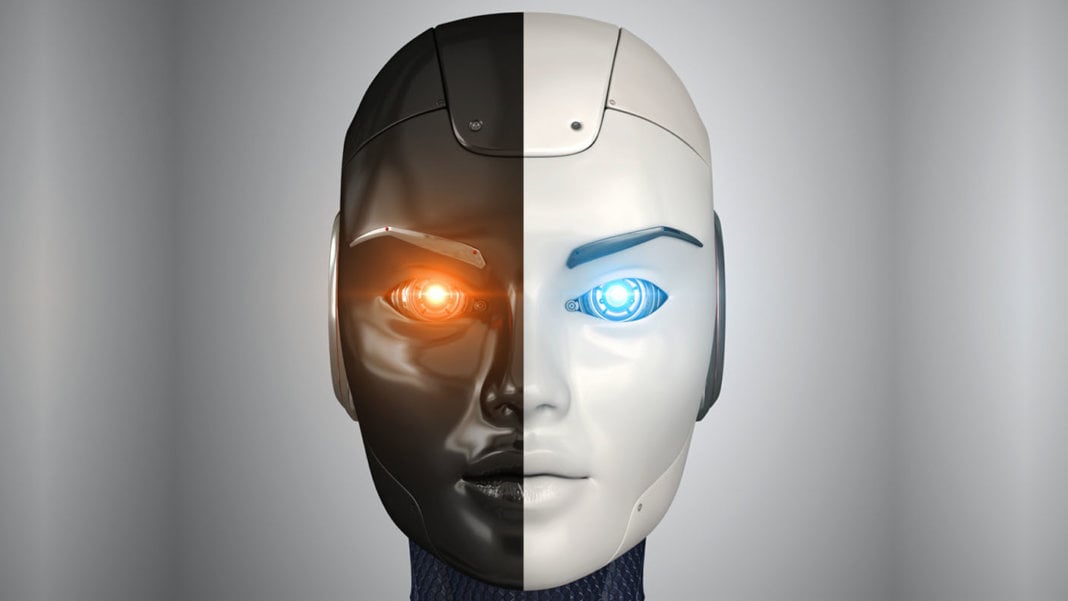

In a world that requires human action, awareness is critical. In so doing, they illuminate the possible paths – and the benefits and challenges they represent. What happens when the world and its institutions move from scarcity to abundance?Īs you can see from the stories, each uses fiction to describe what the world of 2041 may become. As the story goes, AI and other technologies will drive down the cost of almost all goods, most of which will be produced for next to nothing. Story Ten: this story explores the world of abundance, or as our authors call it, plenitude. Story Nine: this story explores AI and whether it can ultimately quench our thirst for happiness. Story Eight: this story explores what happens to human jobs as the steady march of AI seeps into more industries, making human tasks redundant. Story Seven: this story uses two technology breakthroughs for evil, where the main character embarks on a revenge plot the likes of which the world has never seen. Story Six: this story imagines a society two decades from now amid transitioning from human drivers to autonomous driving by AI. Story Five: this story depicts the future of entertainment, where games become immersive and the boundary between virtual and real is blurred. Humans must learn to coexist with it, helped in part by the ubiquity of household robots that reduce the need for person-to-person contact. Story Four: this story imagines that COVID-19 continues after initial vaccines (underscoring the belief that extreme events are here to stay). Story Three: my favorite story in the book explores the future of AI education, as smart AI teachers camouflaged as virtual cartoonlike friends help twin Korean orphans realize their potential.

Story Two: the story explores a world where undetectable deepfakes drive dangerous consequences. Story One: the story illustrates how AI can single-mindedly try to optimize certain goals, but sometimes create detrimental externalities. The stories explore the following scenarios. I found myself engrossed in each narrative. Our authors tell ten stories, each compelling and easy to read. In a world of rapid change, uncertainty, and volatility, storytelling allows us to explore the future, in this case, the world of 2041. The storytelling was brilliant (my compliments Chen Qiufan), and Kai-Fu Lee provides analysis after each story, showcasing his grasp of AI and its possible applications. The authors use highly effective approach that combined fiction with expert analysis to help the reader imagine possible futures. The book titled AI 2041: Ten Visions for Our Future was authored by Kai-Fu Lee and Chen Qiufan. In a recent post on quantum computing, I referenced a new book (published in September 2021) that I recently added to my library.


 0 kommentar(er)
0 kommentar(er)
